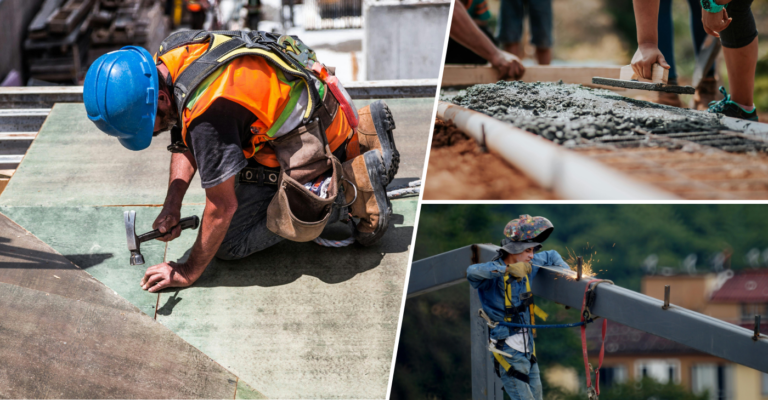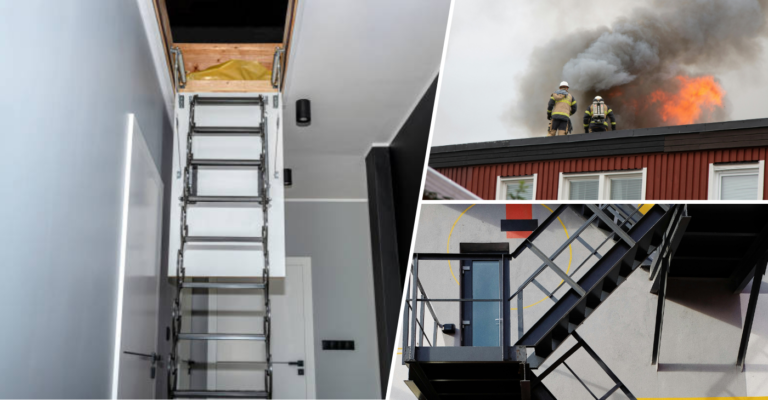How can I tell if I have cavity wall insulation?
Cavity wall insulation plays a key role in maintaining your home’s energy efficiency by filling the space between two layers of brick or block in external walls. This method significantly reduces heat loss and can lead to considerable savings on your energy bills. How can I tell if I have cavity wall insulation? There are several signs to look for, such as small filled drill holes in your external walls or checking your home’s Energy Performance Certificate (EPC). Here’s a comprehensive guide to understanding cavity wall insulation, its types, how to check if your home has it, and what to do if it doesn’t.
What Is cavity wall insulation?
Cavity wall insulation involves filling the gap between the inner and outer walls (the cavity) with insulating material. This cavity was originally designed to reduce the risk of moisture transfer from the exterior to the interior. However, filling it with insulation can drastically reduce heat loss, helping to maintain a comfortable temperature within your home and cut down on energy bills.
In houses built after the 1930s, many have cavity walls. If your home was built before this period, it might have solid walls, which are not suitable for cavity wall insulation. Homes built after the 1990s are likely to already have cavity wall insulation due to modern building regulations.
Types of cavity wall insulation
There are several types of materials commonly used for cavity wall insulation, each with its unique benefits and drawbacks:
- Blown mineral wool: This is one of the most common types of insulation. Fibreglass or mineral wool is broken down into small tufts and blown into the cavity using compressed air. It’s a cost-effective solution but needs to remain dry to maintain its insulating properties. Mineral wool is effective for standard-sized or wide cavities, but it can become patchy if used in narrow spaces.
- Polystyrene beads or granules: Polystyrene beads are another popular choice for insulation. They are blown into the cavity along with an adhesive that helps them stick together, forming a solid insulating barrier. This method is ideal for narrower cavities, as it ensures no gaps are left uninsulated. It also allows moisture to drain through the beads, preventing damp issues. However, these beads can sometimes escape through airbricks or gaps created by later construction work.
- Foam insulation: Foam is injected into the cavity where it expands to fill the space completely. This method is effective and long-lasting, providing a solid barrier against heat loss. It’s also ideal for irregularly shaped cavities where other types of insulation may not be as effective. Foam insulation typically lasts as long as the building itself without requiring further maintenance.
Why does it matter?
If your home lacks insulation, you could be wasting hundreds of pounds every year on heating that escapes through your walls. Cavity wall insulation provides an effective barrier against this heat loss, keeping your home comfortable while reducing energy costs. In many cases, the initial cost of installing cavity wall insulation pays for itself in just a few years through the savings you make on your energy bills.
In addition to cost savings, insulated homes are better for the environment, as they require less energy to heat. This makes cavity wall insulation a smart choice not only for your wallet but also for reducing your home’s overall carbon emissions.
Ways to tell if your home has cavity wall insulation
If you’re unsure whether your home has cavity wall insulation, there are a few simple ways to check before seeking professional help. Identifying the signs can save you time and money while ensuring your home is as energy-efficient as possible. Here are the key steps to determine if your walls are insulated:
- Look for drill holes in the external walls: How can I tell if I have cavity wall insulation? One quick way is to check for small, filled drill holes in the external walls. If your home has had cavity wall insulation installed, you may see small, evenly spaced holes in the mortar of the external walls. These holes were drilled to insert the insulation material and are often filled with cement afterward. This is one of the easiest signs to look for.
- Check your EPC (Energy performance certificate): How can I tell if I have cavity wall insulation? You might be able to find the information in your home’s Energy Performance Certificate (EPC). Your EPC will provide details about your home’s energy efficiency, including whether cavity wall insulation has been installed. You can find this information in the documentation provided when you bought your home, or check it online through government registers.
- Examine the age of your home: Homes built after the 1930s are likely to have cavity walls, which can be insulated. If your home was built after the 1990s, it’s even more likely that insulation was installed during construction, as modern building regulations required it.
- Hire a professional surveyor: How can I tell if I have cavity wall insulation? Contact a local insulation company to conduct an inspection or hire a surveyor to inspect your walls using a tool called a borescope. This small camera is inserted into the wall to check if there is insulation inside the cavity. It’s a reliable method, though it comes with a cost.
- Check documentation from previous owners: If you’ve recently moved into your home, the previous owners might have left documentation that mentions any energy efficiency upgrades, including insulation.
What if you don’t have cavity wall insulation?
If your home doesn’t have cavity wall insulation, it’s worth considering installation. The process is relatively quick and non-disruptive, usually taking just a few hours. Once installed, you’ll notice immediate benefits in the form of lower energy bills and a warmer home. If your home does not have cavity wall insulation, you could be missing out on several important benefits, including:
1. Higher energy bills
How can I tell if I have cavity wall insulation? If your home has unevenly high energy bills, it might indicate a lack of insulation. Without insulation, your home loses heat more quickly, meaning your heating system has to work harder to maintain a comfortable temperature. This can lead to significantly higher energy bills, especially during the colder months. Insulating your cavity walls can reduce heat loss by up to 35%, making your home more energy-efficient.
2. Reduced comfort
Homes without insulation often feel colder in winter and warmer in summer, as there is little to regulate indoor temperatures. Cavity wall insulation helps maintain a more stable indoor climate, enhancing your overall comfort.
3. Increased carbon footprint
By using more energy to heat your home, you’re also contributing more to carbon emissions. Insulating your cavity walls can help reduce your carbon footprint by lowering the amount of energy needed to heat your home.
4. Potential for damp issues
In some cases, homes without insulation may experience condensation or dampness, especially in older buildings. Proper cavity wall insulation can help mitigate this by creating a thermal barrier that reduces moisture build-up.
5. Opportunities for government grants
If you qualify, there may be government schemes or grants available to help cover the cost of installing cavity wall insulation. These programs often focus on making homes more energy-efficient and are worth exploring.
What can you do if you don’t have cavity wall insulation?
- Consider retrofitting: If your home doesn’t currently have cavity wall insulation, you can have it installed. The process is relatively straightforward and usually takes just a few hours. A professional installer will drill small holes into the mortar joints of the exterior wall and inject insulation material into the cavity.
- Explore alternative insulation: If your home doesn’t have cavity walls (e.g., if it has solid walls), other options such as internal or external wall insulation are available. While these are more expensive and disruptive, they can still improve your home’s energy efficiency and comfort.
Do you require permits for installation?
In most cases, you do not need a permit to install cavity wall insulation in your home. However, there are a few exceptions to be aware of:
- Listed buildings: If your home is a listed building or located in a conservation area, you may need to seek planning permission before installing cavity wall insulation. This is because changes to the exterior of such properties are often regulated to preserve their historic or architectural significance.
- Building regulations: Although a specific permit may not be required, cavity wall insulation must comply with building regulations to ensure it is installed correctly. For example, the insulation should not cause damp problems or reduce the wall’s breathability.
- Conservation areas: If your home is in a designated conservation area, you may need to check with local authorities before proceeding, as these areas may have special rules regarding changes to building exteriors.
- Professional installation: It’s important to use a qualified installer for cavity wall insulation to ensure it meets all regulatory requirements and is installed safely. Many insulation installers are registered under schemes like CIGA (Cavity Insulation Guarantee Agency), which provide guarantees for the work.
Summary to get aware if you have cavity wall insulation
Determining whether your home has cavity wall insulation can significantly impact your home’s energy efficiency and comfort. By following the methods outlined above, you should be able to get a good idea of whether your walls are insulated. If you’re still unsure, seeking professional advice is always a good option. Cavity wall insulation is one of the best investments you can make for a warmer, more efficient home.







